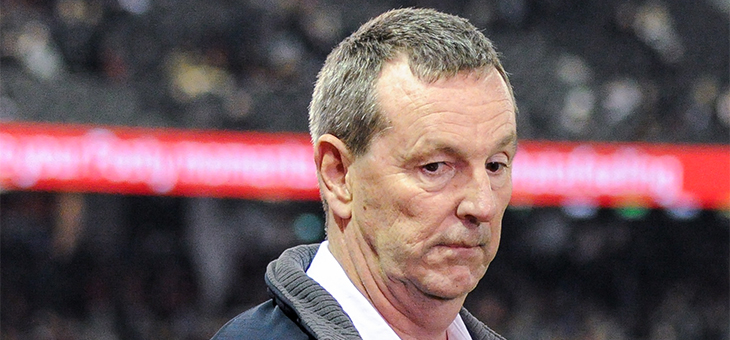Whenever you take a step, talk to a friend, or chew a piece of food, motor neurones are at work.
Just like other parts of your body, they can become damaged. You may have heard of ALS (amyotrophic lateral sclerosis) from the viral ice bucket challenge that involved celebrities being doused with freezing cold water to raise awareness.
ALS is one kind of motor neurone disease, but there are several other lesser-known types.
In Australia former AFL footballer Neale Daniher brings attention to the broader MND cause through the Big Freeze at the MCG on the Queen’s Birthday.
Read more: What is motor neurone disease?
What are motor neurones?
They are a type of nerve cell, and their job is to send messages around your body so you can move. You have two main kinds:
- Upper motor neurones are in your brain. They send messages to your spinal cord.
- Lower motor neurones are in your spinal cord. They transmit the messages sent from your brain to your muscles.
Nerve cells die when you have a motor neurone disease, so electrical messages can’t get from your brain to your muscles. Over time, your muscles waste away, and you lose control over movements.
It gets harder to walk, talk, swallow, and breathe.
Each kind of motor neurone disease affects different types of nerve cells or has a different cause.
What is motor neurone disease?
Motor neurone disease is “a progressive neurological condition where motor neurones stop working effectively,” says Keith Crowhurst, director of care at British Home, the charity that supports people living with neuro-disability.
Read more: Bad air is bad for your brain
“There is no known cause, although there are links to certain environmental factors such as exposure to pesticides, military service and high levels of exercise. There is some evidence of family links in around one in 10 cases.”
MND can affect all genders but has a slightly higher prevalence in men and is normally diagnosed in people over the age of 40.
MND is uncommon but not rare. Recent statistics estimate there are over 2000 people in Australia currently diagnosed with MND and every day two Australians are diagnosed with MND.
Read more: MND breakthrough offers hope damaged nerve cells can be repaired
“It affects most aspects of people’s lives and at the moment there is no cure,” Mr Crowhurst says, but he adds: “There is always hope to live a dignified, positive life as someone affected by a neurological condition, and a strong community of families, carers and charities who will be there if it happens to you.”
What are the main symptoms?
Muscle weakness is usually the first sign of motor neurone disease, Mr Crowhurst says: “Early symptoms include reduced ability to grip properly, general weakness and reducing mobility, and people can find that they drag their feet. Speech can become slurred and swallowing can be more difficult.”
Then, as the disease progresses, these symptoms become more pronounced.
“In the later stages, it often leads to complete loss of mobility, speech, or ability to carry out any physical tasks,” he continues. “Cognitive ability does not tend to be affected but people without support can find it hard to express their views and wishes.”
If you notice any of these symptoms in yourself or a friend or family member, it’s best to contact your GP as soon as possible.
“The main advice is do not ignore the symptoms,” Mr Crowhurst says. “There is no one test for MND and referral to a neurologist is required and should be pushed for.
“It is really important to try and receive specialist support as soon as possible due to the aggressive nature of the condition.”
Do you know anyone with MND?
– With PA
If you enjoy our content, don’t keep it to yourself. Share our free eNews with your friends and encourage them to sign up.
Disclaimer: This article contains general information about health issues and is not advice. For health advice, consult your medical practitioner.

